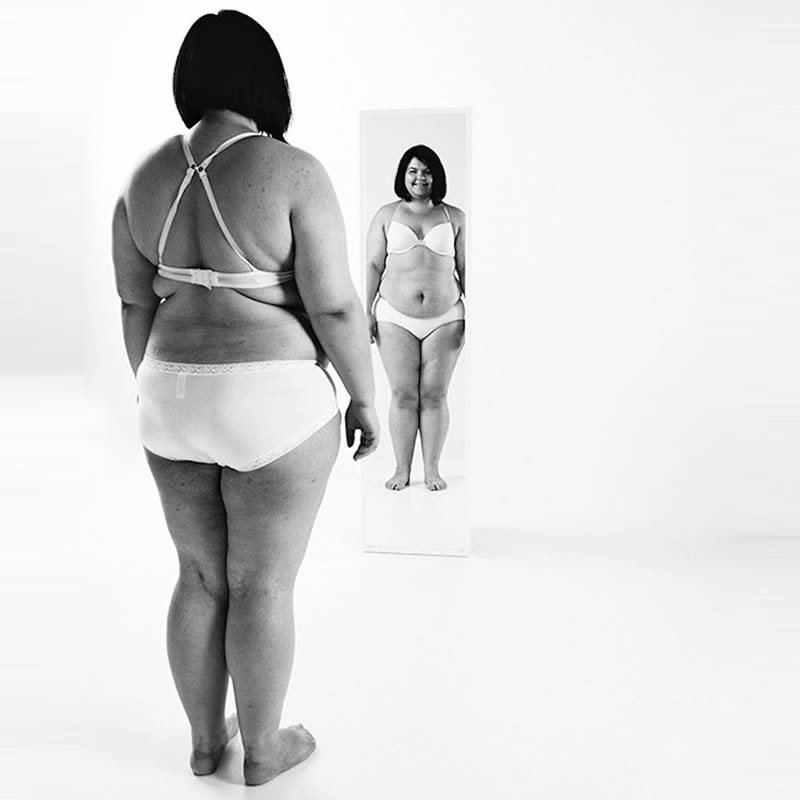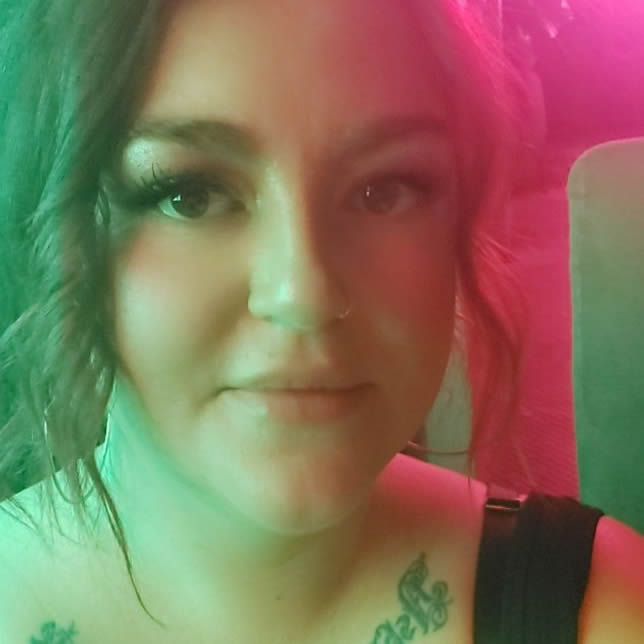Goddess of us all - Michaela G.


Description:
My artefact illustrates how women bear the weight of media, objectification, sexualization and cultural beauty standards. Why aren’t we perfect with all our stories, scars, and experiences?
Significance:
My artefact is one of several photos, taken by a photographer, Rekasiute, who posed the question, ‘What is a beautiful woman?’ Women who participated in the study had responded differently to being confronted by themselves, alone, in underwear, in the mirror. Some women looked directly at themselves, others turned down their gaze. This project uncovered the psychological consequences of external judgment on women and their bodies.
There is a shared eugenic impulse in the intersecting patterns of sexism, racism and ableism that further marginalizes women and their bodies. The injustices of racism, sexism, misogynoir, homophobia, transphobia, classism, and ableism has not created a safe space for women where sex positivity, heathy sexual experiences, and sexual liberty is welcome (Bailey et al., 2019).
Women are existing in a state of bodily control and violence where sexuality is constructed through oppressive norms, and sexual objectification is being mistaken for sexual empowerment. Sexuality is important to the wellbeing of women. Sexual safety, desire, and pleasure contribute to the sexual experiences and self-perceptions of women (Bay-Cheng & Laina, 2010).
Positionality:
As a survivor of sexual abuse, a mother, a youth worker and up and coming social worker, Disability and Sexuality has equipped me with meaningful tools that are transferrable and valuable in my own healing, relationships, and professional development.
Social workers are taught the biopsychosocial model which looks at the interconnection between biology, psychology and socio-environmental factors when supporting individuals. After engaging in the topic disability and sexuality, I take a firm stance that spiritual and sexual has a place in the biopsychosocial model as well.
I want people I work with and people I have relationships with to feel they have the right to voice all aspects of their journeys, that they are safe in doing so and that their shared, intimate experiences within their bodies are received with kindness, openness, appreciation, and acceptance. This means that as a human being I need to continue questioning my privilege, biases and views around sex and oppression, topics that are often ignored and associated with shame.
Impact:
We hold all these intense feelings of internalised shame in our bodies, and we hang on tight, dragging shame into relationships, parenthood partnerships and intimacy. Our bodies are also a vessel for love, to give and receive love. We use our bodies to hold our babies, we wipe tears with our fingers, rub backs with our hands we, we make love and enjoy the most intimate moments of pleasure with our bodies.
The gem I’m taking away from this project is a quote from Maria R. Palacios, she is a performer and disability activist. Maria announces herself as a crip, Latina, Spanish-speaking immigrant from a low-socio economic background.
"You are so beautiful, that’s what I am. Oh Mirror, friend of mine, I am love, forgiveness, acceptance and beauty redefined. The sacredness of this body is where my soul resides. I am a temple of love. I don’t need a man to make me whole. Yes, my testimony is one of survival, strength, an intense love affair with myself, with the woman in the mirror … Mirror, mirror on the wall, who’s the Goddess of us all?" (Palacios, 2018).
Wish List:
Women deserve love, not to be sexualised and objectified. Women and their lives are impacted by this layered approach to oppression by mediocre, middle class, middle aged, white men. There are more ways not to fit than there is to be accepted.
How is it that human beings that we share this experience with are discarded due to age, race, class, gender and sexuality whilst violent pornography, sexualised media and photoshop is normalised? Through normalising sexual objectification, we collectively reinforce misogyny (Fox et al., 2018).
The problem of misfitting and exclusion does not stem from the body, but from the encounter of that body with the environment. The relationship with the body and the world is fluid and never fixed, inclusivity comes with changing the world, not bodies (Santos et al., 2018).
I’m a true believer that change starts with us and I hope my artefact inspires viewers to look deep within themselves, ask questions and be curious about their bodies and the wonderful bodies of others.
BE KIND!
Comments are closed.



One Comment
I loved Michaela’s work as I felt strong emotions and passion coming from her words. The way Michaela spoke about how women are treated in society reminded me that too often “women serve as objects of boys’ and men’s sexual aggression” (Stiritz 2008, p. 247). It is so sad that our bodies are objectified and used, when, as she emphasised, we deserve love. Michaela’s work taught me that women, especially disabled women, experience multiple oppressions (Santos & Santos 2018).
In future, I recommend Michaela discusses the intersection of disability and sex in greater depth, exploring the specific impacts of ableism. I would read over the work to check for grammar errors and any accidental word repetition. I also wanted to hear more about Michaela’s interpretation of Palacio’s quote. I commend Michaela’s work and am glad that a person with her perspective and kindness will become a social worker.